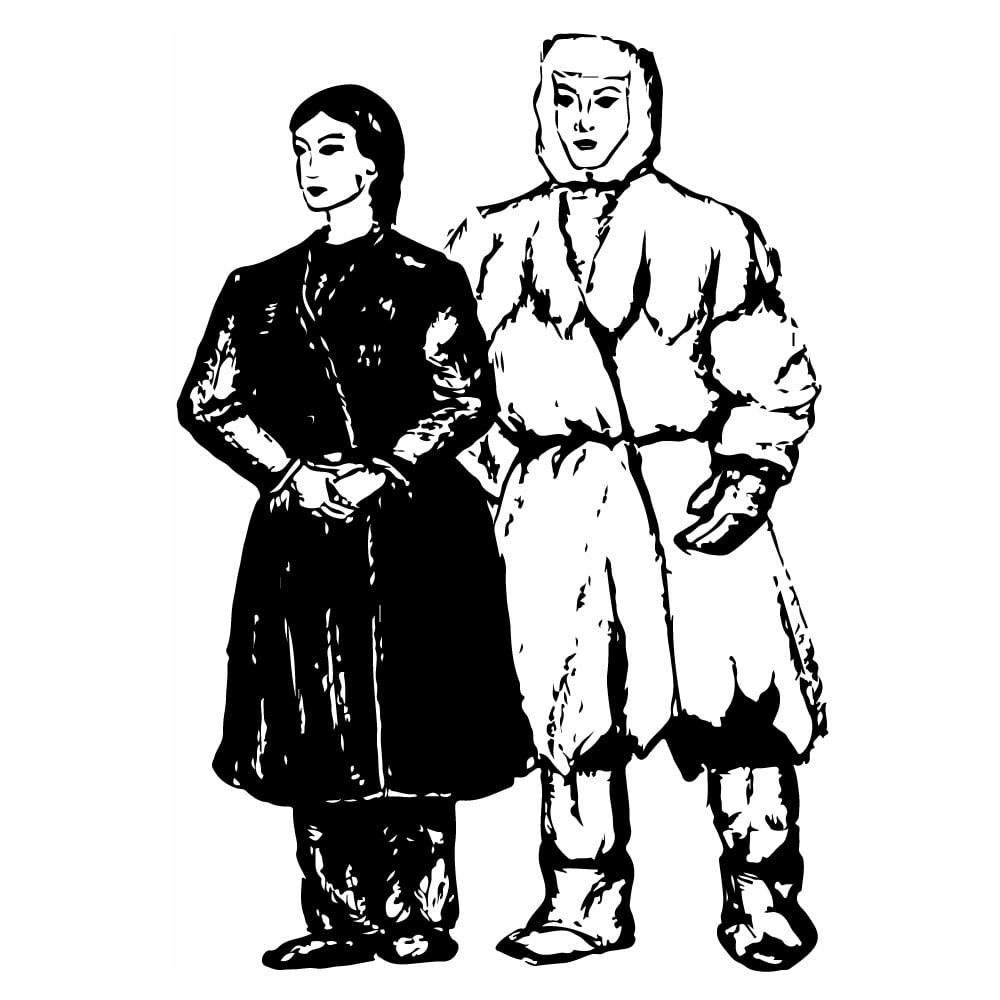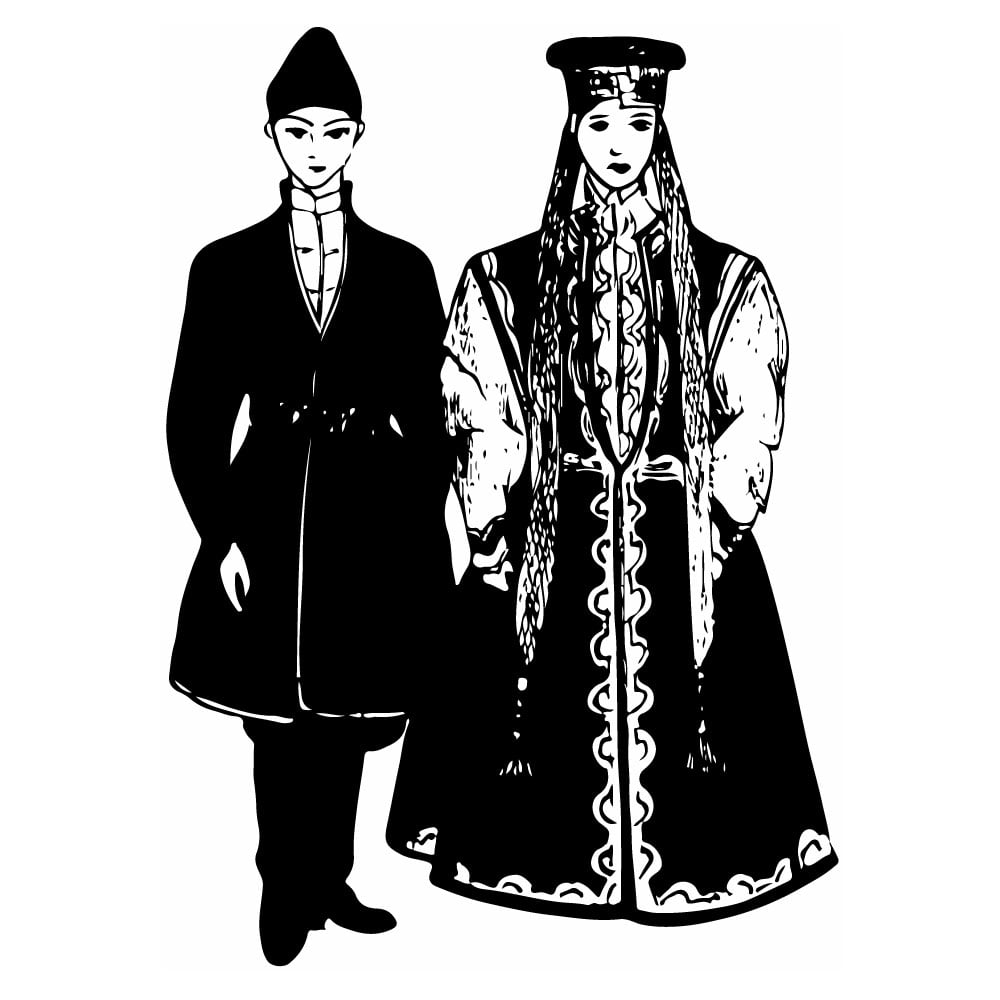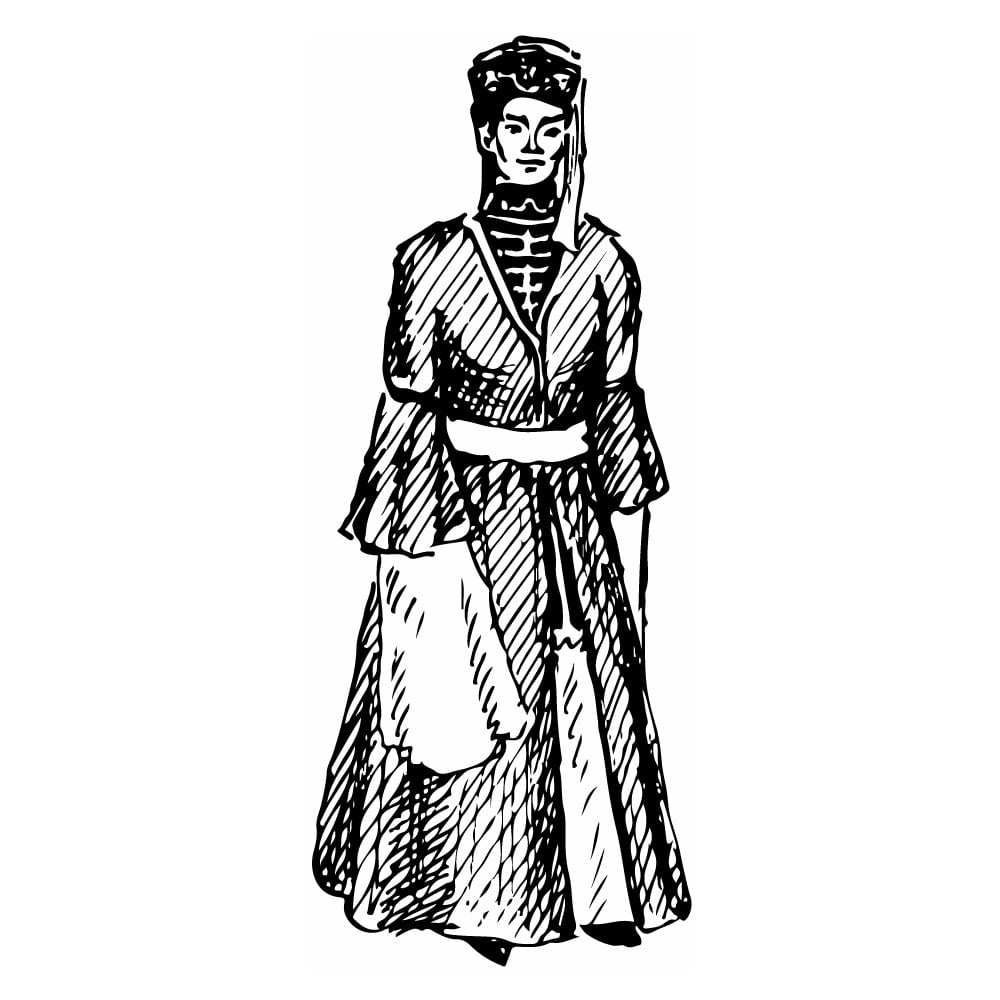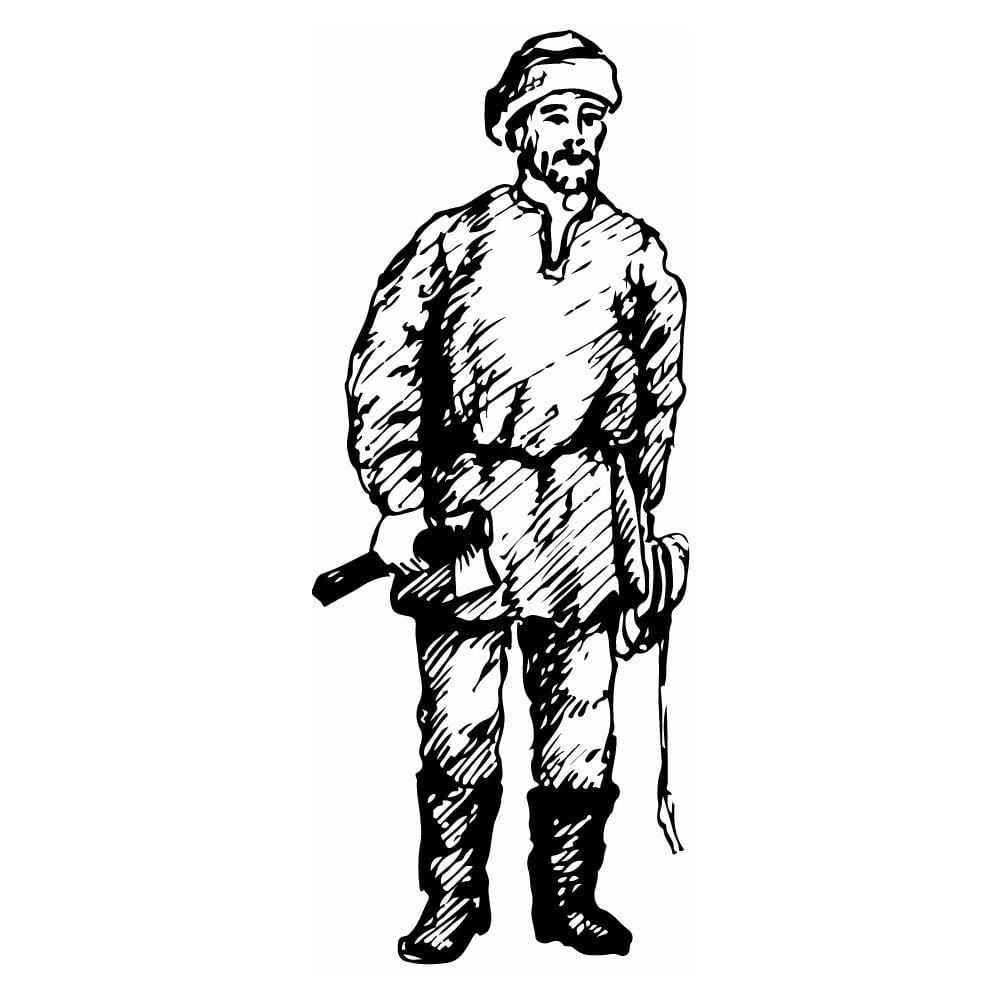Ket
| Population | 1,100 |
| Language group | Paleoasiatic |
| Language | Ketic |
| Region | Krasnoyarsky Krai |
| Religion | Shamanism |
*Population estimates for 1994
When the Russians came to the Yenisei river in the nineteenth century, there was a great number of tribes inhabiting its basin. Each tribe spoke a different language from those of the surrounding peoples. These tribes were made up of the Kotts, Asans, Grins, Yarantsi, and Baikotovtsi. In the latter part of the eighteenth and the first of the nineteenth centuries, almost all of these tribes had lost their language and had merged with the Russian population. Only the remote northern tribes of the Ket ancestors had retained their language. Therefore, the Ket people are the only representatives of the original tribes to bear the distinctiveness of its original language.
The name “Ket,” when translated, literally means “man.” The question concerning this tribe’s origin has not yet been solved. Obviously, the Ket were formed as a result of the interaction of the ancient population during the seventeenth century.
The main occupation of the Ket were hunting and fishing. The Ket made their clothes from purchased fabric, deer skins, and hare and squirrel felts. Men’s summer suits consisted of a short robe with lace stripes, trousers made of cloth, knee-high stockings, and leather boots. In the winter, instead of a robe, men wore a fur-lined coat. The headdress for men and women was a calico kerchief both in summer and winter. Some men with long hair plaited it with special decorations. Women wore two plaits and decorated their head with bands embroidered with beads.
The Ket religion was Shamanism. According to their animistic ideas, the whole world seemed to be inhabited by a great number of good and evil spirits. The incarnation of good beginnings (the sky), Yes, was opposed to evil beginning incarnated in the image of Yes’s wife, Hosedabam, who was thrown down to the Earth by her husband. She continued to bring all kinds of evil, misfortunes, and illnesses to people and animals. The agents between divine beings, spirits, and people were the shamans. A considerable role in the Ket religion was given to the worship of bears. Beginning with the first quarter of the twentieth century, the Ket living conditions changed. Their way of life became settled and they acquired access to education. These changes caused a change on the Ket appearance and clothes. Both new and old national elements are combined in their costumes.
The traditional folklore, the bearers of which are the Ket of older generation, is popular among the local population at present.
This is Ad 1





























